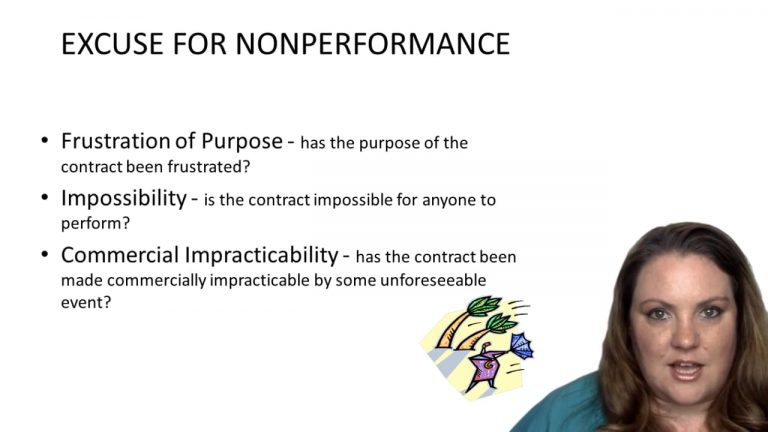SmartBrief
Confirm favorite deletion?
Criminal Law Keyed to Ohlin
People v. Garcia
Citation:
113 P.3d 775 (2005)Facts
Garcia is an insulin-dependent diabetic. Three days before the alleged crimes, Garcia’s wife told him that she wanted a divorce.
On the morning of July 11, 1999, in anticipation of eating cake and ice cream at his daughter’s afternoon birthday party, Garcia injected himself with a large dosage of insulin. He did not eat anything following this insulin injection. While running errands, his wife noticed that he was “real quiet” with an “along-for-the-ride type attitude.” She asked him at least three times during this time frame: “Are you okay? Do you need something to eat?” He responded, “No, I’m fine, okay.”
When they were exiting a store parking lot, Garcia hit his wife, who was driving the van at the time, on the right side of her head with a hammer. Garcia did not say anything when he hit her. She immediately got out of the van and began running. Garcia met her at the back of the van and tried to shove her into it through the back door. When an owner of a nearby shop came out and talked to Garcia, the wife retrieved her purse from the van and ran away. As she was running through parking lots along the main road, Garcia ran over her with the van and then drove away. She sustained a depressed skull fracture and abrasions and bruises to her entire body.
At trial, Garcia wanted to assert the defense of involuntary intoxication. He presented a substantial amount of evidence regarding his alleged hypoglycemic condition on the day of the incident and his previous episodes of hypoglycemia. The trial court did not instruct the jury on the defense, and he was convicted of attempted second degree murder and assault. The Court of Appeals reversed, holding that the trial court erred by not permitted Garcia to proceed under his defense.
Only StudyBuddy Pro offers the complete Case Brief Anatomy*
Access the most important case brief elements for optimal case understanding.
*Case Brief Anatomy includes: Brief Prologue, Complete Case Brief, Brief Epilogue
- The Brief Prologue provides necessary case brief introductory information and includes:
Topic:
Identifies the topic of law and where this case fits within your course outline.Parties:
Identifies the cast of characters involved in the case.Procedural Posture & History:
Shares the case history with how lower courts have ruled on the matter.Case Key Terms, Acts, Doctrines, etc.:
A case specific Legal Term Dictionary.Case Doctrines, Acts, Statutes, Amendments and Treatises:
Identifies and Defines Legal Authority used in this case.
- The Case Brief is the complete case summarized and authored in the traditional Law School I.R.A.C. format. The Pro case brief includes:
Brief Facts:
A Synopsis of the Facts of the case.Rule of Law:
Identifies the Legal Principle the Court used in deciding the case.Facts:
What are the factual circumstances that gave rise to the civil or criminal case? What is the relationship of the Parties that are involved in the case.Issue(s):
Lists the Questions of Law that are raised by the Facts of the case.Holding:
Shares the Court's answer to the legal questions raised in the issue.Concurring / Dissenting Opinions:
Includes valuable concurring or dissenting opinions and their key points.Reasoning and Analysis:
Identifies the chain of argument(s) which led the judges to rule as they did.
- The Brief Prologue closes the case brief with important forward-looking discussion and includes:
Policy:
Identifies the Policy if any that has been established by the case.Court Direction:
Shares where the Court went from here for this case.
Topic Resources
Topic Outline
Topic Refresher Course

 9m 27s
9m 27s